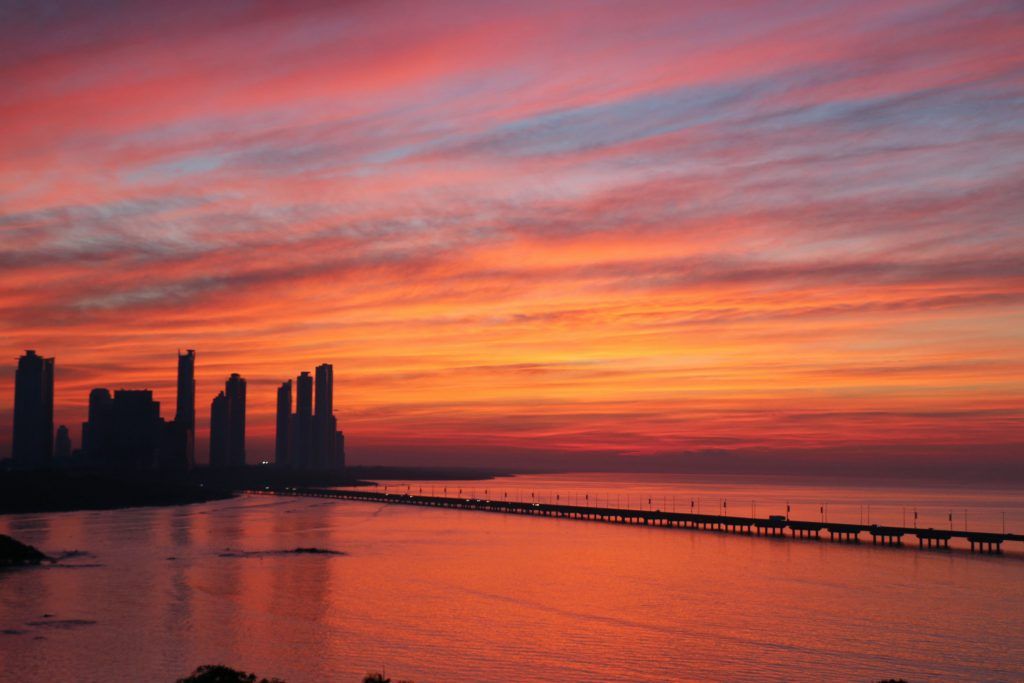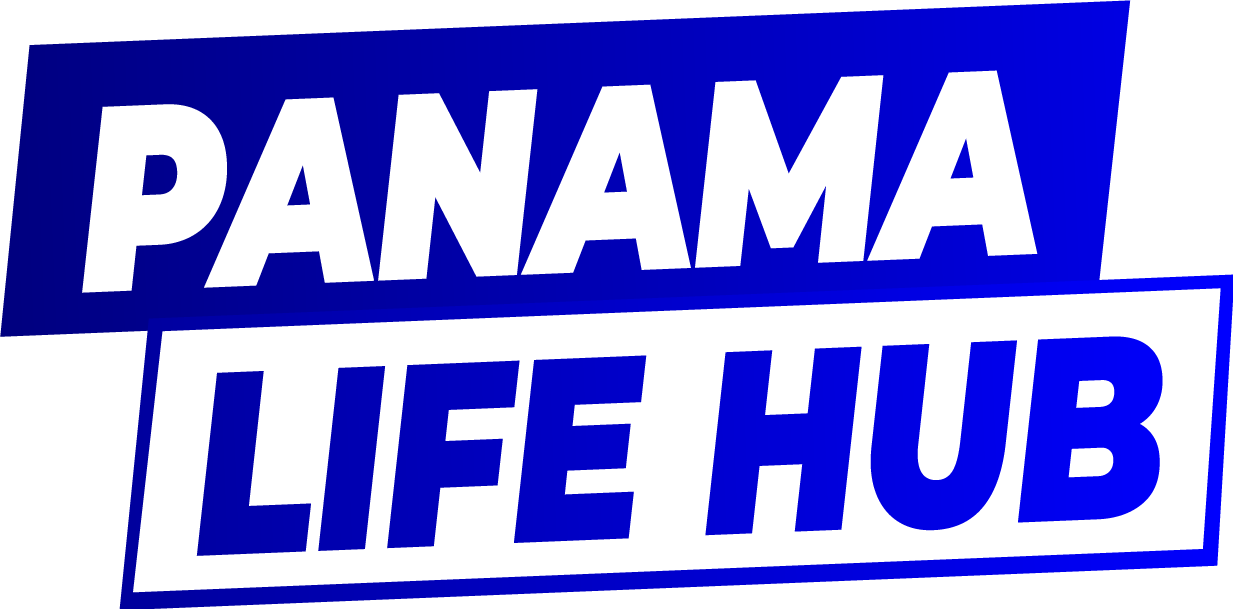
Panama, a vibrant hub connecting two continents, offers diverse entry points for every type of traveler. Whether you’re flying in for a quick visit, driving across borders, or embarking on an adventurous sea journey, knowing your options ensures a smooth arrival.
Arriving by Air: Your Fastest Route
For the quickest and most convenient arrival, Tocumen International Airport (PTY) is Panama’s premier gateway. Located just 24 kilometers (about 15 miles) from Panama City, PTY boasts extensive connections across Latin America, North America, and beyond, making it incredibly easy to fly directly to Panama City and begin your exploration.
Getting to Panama by Land: Across Borders & Highways
Panama shares land borders with Costa Rica to the west and Colombia to the east. The Pan-American Highway is your primary route for overland travel, stretching from Costa Rica through the picturesque Chiriquí province, eventually reaching Panama City and extending towards the Darién region.
The Darién Gap: A Unique Challenge
Currently, there is no direct road connecting Panama and Colombia. This infamous “Darién Gap” exists for two key reasons:
- Protecting Biodiversity: The Darién National Park, a UNESCO Biosphere Reserve, is an ecological treasure teeming with diverse wildlife and pristine rainforest. Extending the highway would pose a significant threat to this invaluable ecosystem.
- Security Concerns: Historical struggles with armed groups in Colombian territory have led Panamanian officials to prioritize citizen safety, making a direct road undesirable due to potential security risks.
Important Note: While there’s no road, crossing the Darién Gap isn’t impossible via alternative means. Travelers seeking land-based alternatives must utilize ferry or cargo ship services to bridge the physical divide, as attempting to traverse the land gap directly is highly dangerous and not recommended.
More info about How to Move Your Vehicle from Colombia to Panama
Costa Rica – Panama Border Crossing:
The Panama-Costa Rica border boasts three official crossing points. This guide focuses on the Sixaola (Costa Rica) – Guabito (Panama) border crossing, popular with travelers exploring both countries.
Border Crossings from Costa Rica to Panama
The Panama-Costa Rica border features three official crossing points. Here’s what you need to know about the most popular options:
Present your passport and proof of onward travel to National Migration Service officials for your entry stamp.
Sixaola (Costa Rica) – Guabito (Panama):
- Ideal For: Travelers heading to/from Bocas del Toro.
- How to Get There: From Costa Rica’s Caribbean coast (e.g., Puerto Viejo), take a bus or drive to Sixaola. The road ends here.
- Crossing Procedure: The border is marked by a bridge over the Río Sixaola. You’ll cross the bridge on foot, as vehicles are not allowed. Parking is available in Sixaola if you have a rental car.
Costa Rica Exit:
- Pay the exit tax (currently US$7) at a bank or designated kiosk in Sixaola.
- Visit the Costa Rican immigration office to present your passport, proof of onward travel, and exit tax receipt to get your passport stamped.
Panama Entry:
- Join the “Entry to Panama” queue. This is crucial to avoid issues with SENAFRONT (Panamanian border patrol) checkpoints further inland.
- Present your passport and proof of onward travel to National Migration Service officials for your entry stamp.
Map Sixaola (Costa Rica) – Guabito (Panama)
Paso Canoas (Costa Rica) – Paso Canoas (Panama):
- Tip: Always have some cash on hand, as ATM access and card payments can be limited in rural border areas.
- Ideal For: Travelers by bus, car, or truck, as it’s the busiest crossing directly connected to the Pan-American Highway. It’s an international town split between the two countries.
- What to Expect: Be prepared for crowds and potentially longer wait times compared to Sixaola-Guabito.
Procedures:
- Ensure you’ve paid the Costa Rican exit tax before reaching the border.
- Upon entering Panama, present your passport, proof of financial means (minimum US$500 in cash, credit cards, or debit cards), and proof of onward travel (e.g., plane or bus ticket out of Panama) to National Migration Service officials. Note: The requirement for proof of financial means may vary depending on your nationality.
Tip: Always have some cash on hand, as ATM access and card payments can be limited in rural border areas.
Map of Paso Canoas
Rio Sereno (Costa Rica) – Rio Sereno (Panama):
- Ideal For: Primarily utilized by indigenous communities. It’s the least known and least used crossing.
- Important Considerations: Located on the Pacific side, this crossing has limited infrastructure and official presence. Due to its remote nature, it is strongly recommended to use a local guide or opt for Paso Canoas or Sixaola-Guabito for a more convenient and secure experience. This is not the ideal entry point for most international travelers.
Sailing to Panama: An Adventurous Approach
Panama’s unique position, with coastlines on both the Atlantic and Pacific Oceans, offers adventurous travelers the option to arrive by boat. While many sailors include Panama as part of a larger journey, for some, it’s the primary destination.
- For Experienced Sailors: Traveling by sea requires significant experience, preparation, and can be more expensive than flying.
- Cruise Ships: A popular and convenient way to experience Panama for tourists, with major cruise ports like Colón 2000 on the Atlantic side.
- Chartering a Yacht: Yachts can be chartered from various points, including Cartagena, Colombia, offering flexibility and the chance to visit the stunning San Blas Islands (Guna Yala).
Important Note on Ferry Services:
- Regular Passenger Ferry (Cartagena – Colón): The well-known ferry service that previously connected Cartagena, Colombia, and Colón, Panama (operated by companies like Panamerican Seaways) is currently suspended or no longer operating regularly for passengers. Travelers should not rely on this as a viable option and should verify directly with any potential operators for the most up-to-date and reliable information.
Traveling from Colombia to Panama by Boat (Darién Gap Alternative)
For many, the boat journey from Colombia to Panama (or vice-versa) is an alluring alternative to traversing the Darién Gap by land. The Capurganá (Colombia) – Puerto Obaldía (Panama) route is the most popular option.
- Getting to Capurganá: The only way to reach Capurganá is via Turbo, Colombia. You can get to Turbo by bus from Medellín (approx. 8 hours) or Cartagena (approx. 6 hours via Montería). Be prepared to potentially stay overnight in Turbo depending on your arrival time.
- Boat Trip to Capurganá: Boats from Turbo to Capurganá vary in cost based on luggage weight. You might be able to negotiate prices.
- From Capurganá to Puerto Obaldía: The journey across the border from Capurganá to Puerto Obaldía (Panama) is also by boat, typically taking 1-2 hours.
- Panama Entry Procedures at Puerto Obaldía: Upon arrival, you’ll go through border control by National Migration Service officials (with SENAFRONT presence). You’ll need your passport (it’s wise to have two photocopies, as they may charge for copies there) and proof of financial means and onward travel, similar to the Paso Canoas requirements.
Continuing from Puerto Obaldía to Panama City:
- Cargo Ship: The most economical option, but highly unreliable. Waiting for a ship can take days or weeks with no fixed schedule. There’s limited infrastructure in Puerto Obaldía.
- Plane: The fastest way, with flights to Panama City costing approximately US$100. These are small planes with limited seats, so booking in advance (preferably the day before) is essential.
- Boat via San Blas: A more adventurous and tiring journey (over 9 hours) that passes through the stunning San Blas Islands (Guna Yala). It’s advisable to undertake this route on days with good weather and calm seas, allowing you to enjoy this Caribbean gem.
Map to Puerto Obaldía
Important Considerations for Boat Travel:
- Cash is King: You will need cash for transportation, food, accommodation, and other necessities, especially in remote areas.
- Safety Precautions: When traveling with significant amounts of cash, always take necessary precautions to protect yourself and your belongings.
- Plan Ahead: Research and book boat tickets in advance, especially during peak season, and pack light to avoid excess baggage fees.
Concluding Your Panama Journey
Whether you choose to soar through the skies, navigate vibrant seas, or traverse scenic highways, your arrival in Panama marks the beginning of an unforgettable adventure. With its diverse landscapes, rich culture, and welcoming people, Panama has something to offer every traveler. By choosing the right transportation method and planning carefully, you can ensure a safe and enjoyable journey into this beautiful country.
